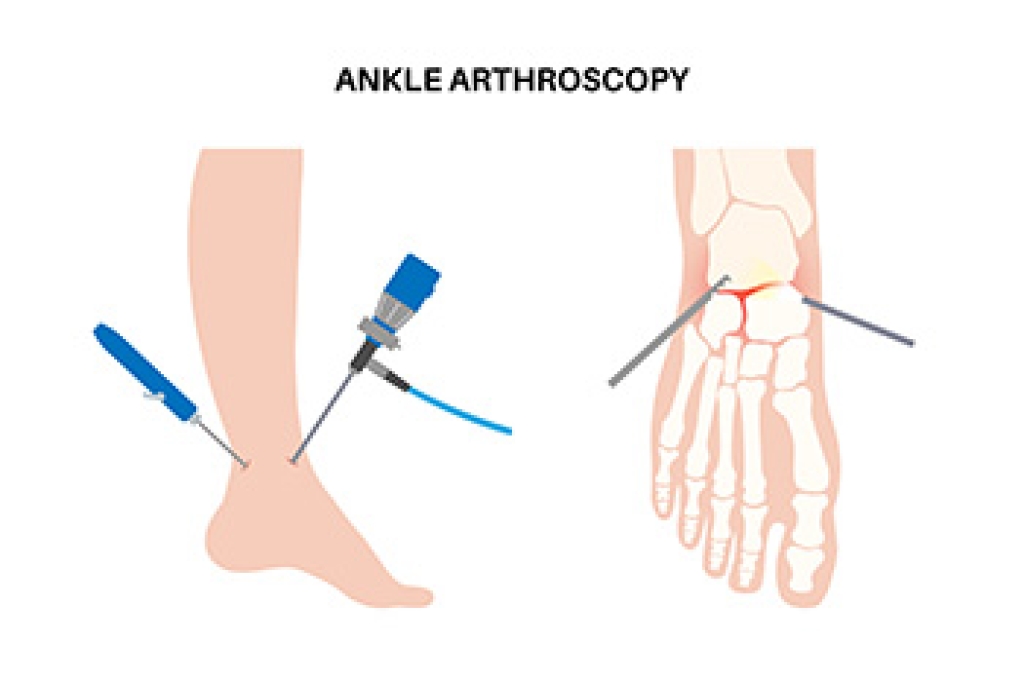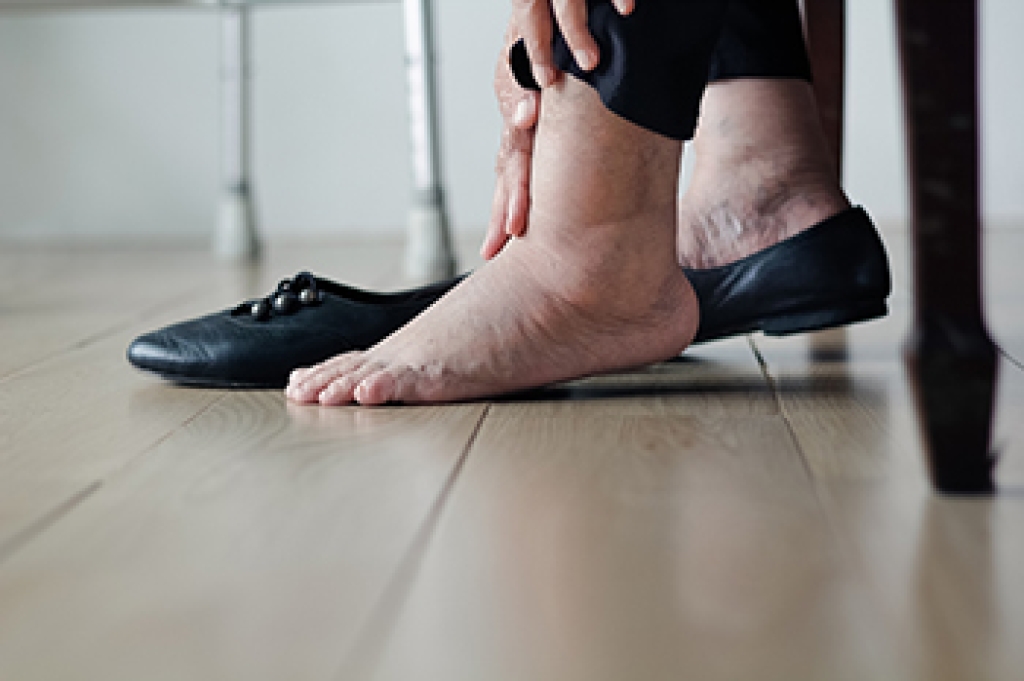
Achilles tendonitis causes pain and stiffness in the back of the heel, where the Achilles tendon connects the calf muscles to the bone. This tendon can be affected in two main ways. Insertional Achilles tendonitis occurs where the tendon attaches directly to the heel bone, sometimes involving bone spurs that rub against the tendon. Non-insertional Achilles tendonitis develops slightly higher up in the middle portion of the tendon, an area that has a limited blood supply, and often affects active people. Symptoms of Achilles tendonitis include aching or sharp pain at the back of the heel, tenderness when pressing the tendon, swelling, and visible thickening of the tendon. A podiatrist can evaluate the symptoms, provide imaging if needed, and discuss treatment options, including pain medication, exercises, or surgery, if required. If you are experiencing pain in the back of your heel, it is suggested that you make an appointment with a podiatrist for an exam, diagnosis, and treatment.
Achilles tendon injuries need immediate attention to avoid future complications. If you have any concerns, contact one of our podiatrists of Montgomery Foot Care Specialists. our doctors can provide the care you need to keep you pain-free and on your feet.
What Is the Achilles Tendon?
The Achilles tendon is a tendon that connects the lower leg muscles and calf to the heel of the foot. It is the strongest tendon in the human body and is essential for making movement possible. Because this tendon is such an integral part of the body, any injuries to it can create immense difficulties and should immediately be presented to a doctor.
What Are the Symptoms of an Achilles Tendon Injury?
There are various types of injuries that can affect the Achilles tendon. The two most common injuries are Achilles tendinitis and ruptures of the tendon.
Achilles Tendinitis Symptoms
- Inflammation
- Dull to severe pain
- Increased blood flow to the tendon
- Thickening of the tendon
Rupture Symptoms
- Extreme pain and swelling in the foot
- Total immobility
Treatment and Prevention
Achilles tendon injuries are diagnosed by a thorough physical evaluation, which can include an MRI. Treatment involves rest, physical therapy, and in some cases, surgery. However, various preventative measures can be taken to avoid these injuries, such as:
- Thorough stretching of the tendon before and after exercise
- Strengthening exercises like calf raises, squats, leg curls, leg extensions, leg raises, lunges, and leg presses
If you have any questions please feel free to contact our office located in Montgomery, AL . We offer the newest diagnostic tools and technology to treat your foot and ankle needs.




